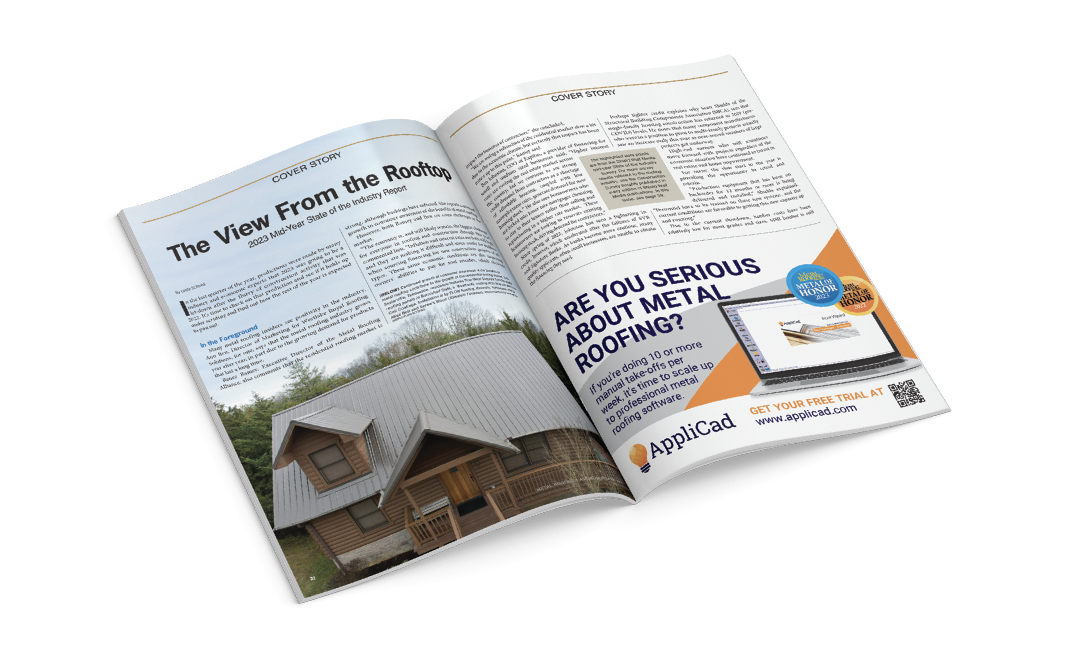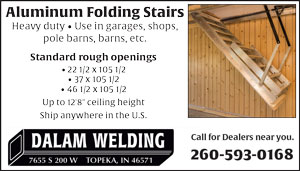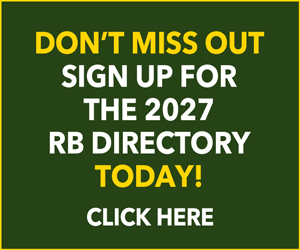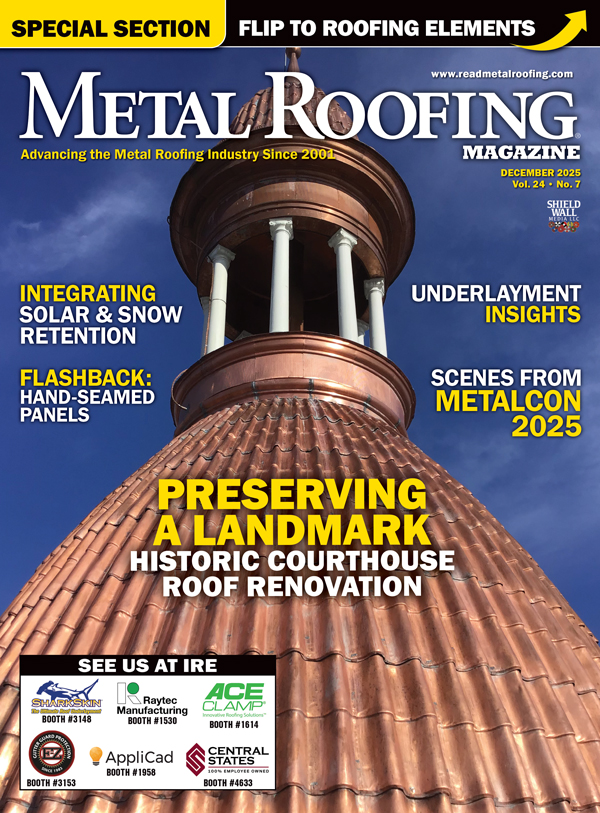By Gary Reichert, Publisher/CEO, Shield Wall Media
For many companies, Spring includes building a marketing budget and getting proposals for advertising. While I am not an expert on all advertising, I do have a reasonable handle on print and digital advertising for Business to Business. I will mostly limit myself to the B2B side, but most of the general information and concepts included here will apply to consumer advertising as well.
There is one HUGE difference between most B2B and B2C: B2B is predominantly branding and education. Using our publications as an example, a $250,000 roll former or finding a new supplier is not usually an impulse buy. Capital equipment and building supplies have longer buying cycles.
If a contractor needs a fastener supplier, their existing supplier either fell through on an order or raised prices. There is no way to know when you can capitalize on a competitor’s mistake. To be prepared is all about branding and frequency; when the customer needs you, they need to be able to find you. They will either find you in that publication, or they need to remember your name to find you online. SEO is good and necessary, but branding means they search for you by name.
Buyer Education
Education is about distinguishing your product so it is not seen as a commodity. Customers purchase commodities primarily on price. Sophisticated customers purchase on features and benefits. Educating consumers combines editorial and advertising functions. Editorial presents the message in a credible and accurate form. Advertising repeats the message so consumers remember. The two together create sophisticated and knowledgeable customers.
This corresponds with big-ticket B2C items. Houses, cars, or major renovations are not usually impulse purchases. Much of the common information on advertising applies more to selling T-shirts than selling a custom home.
Print and Digital
At Shield Wall Media, we are obviously firm believers in print media — especially in our niche. There are multiple reasons why:
1. A large portion of our audience is plain community.
2. Our audience is primarily decision makers or C-Suite level. This group is older and often prefers printed media.
3. Print is consumed in a different manner than digital. More time is spent viewing and more attention is paid to a specific item. Print readers have less tendency to bounce around.
4. Research shows that information from printed media is retained longer than information from digital media.
5. Printed magazines are physical, can easily be passed between readers and are seen multiple times.
Digital works best as a direct-response medium. In many ways, that is more suited to consumer products and an impulse buy. [I have many T-shirts that made me laugh for inappropriate reasons. I may not be able to wear them in polite company, but they have my money.]
Branding in digital is largely companies with million-dollar budgets. Because the impression is not recalled as easily, more impressions are required. To achieve that frequency level on a large platform requires an investment beyond the reach of most companies.
Successful Planning
All successful advertising focuses on message, audience, and repetition.
Audience refers to the type of person, and how many of them receive the magazine or digital product. For B2B publications, demographics like age and sex are nearly irrelevant. You will want to know if the subscribers are applicable for your product and their role in the buying decision. Most advertising targets decision makers and influencers for obvious reasons.
Most B2B trade publications are “qualified” and “free requested” publications. For someone to be a subscriber, they must answer a few questions to say they are “qualified” and ask to receive the publication. For digital products this is an “opt-in” list. Opt in indicates someone asked to receive it but there are usually no criteria showing they are legitimate prospects.

After determining the magazine reached your audience, verifying the number of copies printed and mailed is the most important step. The circulation determines the advertising rates.
For print media, the U.S. Postal Service has a several requirements to be a “publication” and qualify for discounted postal rates. The Post Office verifies subscribers when they audit a magazine or grant it publication status. They pick subscribers randomly from the list and confirm the address is valid and that they requested the publication.
The USPS requires that over half of the subscribers have been subscribers for less than three years. They also require an annual Statement of Ownership (SOO). These have to be submitted every year and published in the magazine. They state the ownership and the number of copies printed. The SOO is a simple way to verify the circulation of any magazine. An SOO is required for a magazine that is registered as a periodical and receives a lower postage rate. If a magazine does not publish an SOO, you should ask why.
Advertising is based on Cost Per Thousand, abbreviated as CPM. CPM is how rates are determined for both print and digital media.
For printed B2B/trade publications, CPM for a full page 4-color ad varies between $150 and $300 depending on the focus of the publication. The narrower the focus, the more requestors will be in your specific target audience. Rural Builder incorporates different types of construction, all parts of the building and everything from residential to agricultural. Rollforming targets metal forming for construction. Since Rollforming is more targeted, the CPM will be higher.
As an example of CPM pricing, Frame Building News has 20,000+ requested subscribers. With a CPM of $150 to $300, the rate for a full page would range between $3,000 and $6,000 depending on the focus of the magazine. Frame Building News is exclusively about post-frame, so it’s fairly targeted and falls in the middle of that range.
By contrast Garage, Shed & Carport Builder has 8,000+ subscribers. The range for a full page would be $1,200 to $2,400 … A smaller circulation results in a smaller rate.
—————————
Note that offering a black and white rate is usually a sales trick or a forgotten leftover from years ago. Years ago, some pages in a magazine were printed in black and white and some pages in color. It cost more to print the color pages, so the rate was higher. Virtually all magazines today print every page in 4-color so there is no cost difference for black and white. This doesn’t apply to newsprint or some small event programs.
—————————
By contrast, CPM for digital advertising varies between $25 and $60. An email of 15,000 then would be between $375 and $900. The question to ask regarding any email campaign is: “Is it opt in?” That is the equivalent of being “requested” for a print publication.
Be wary of digital pretending to be print. Print ads often do not work as digital ads. This number increases every day, but currently about 49% of digital media is consumed on phones. Even a full-page ad scaled down to 2.75” sideways and 5.5” high will be virtually unreadable. The magazines should also be reformatted to be read on a device. A PDF or flip book does not work on a phone.
Advertising is a product like any other. To be satisfied with the product, understand what you are buying and how you plan to use it. MR
























